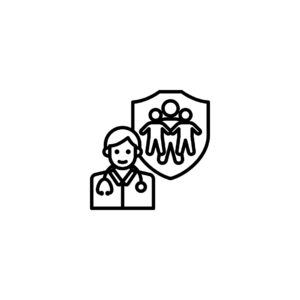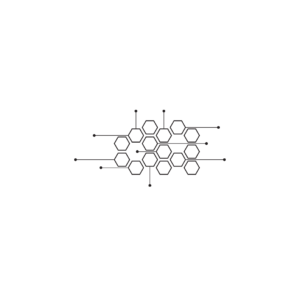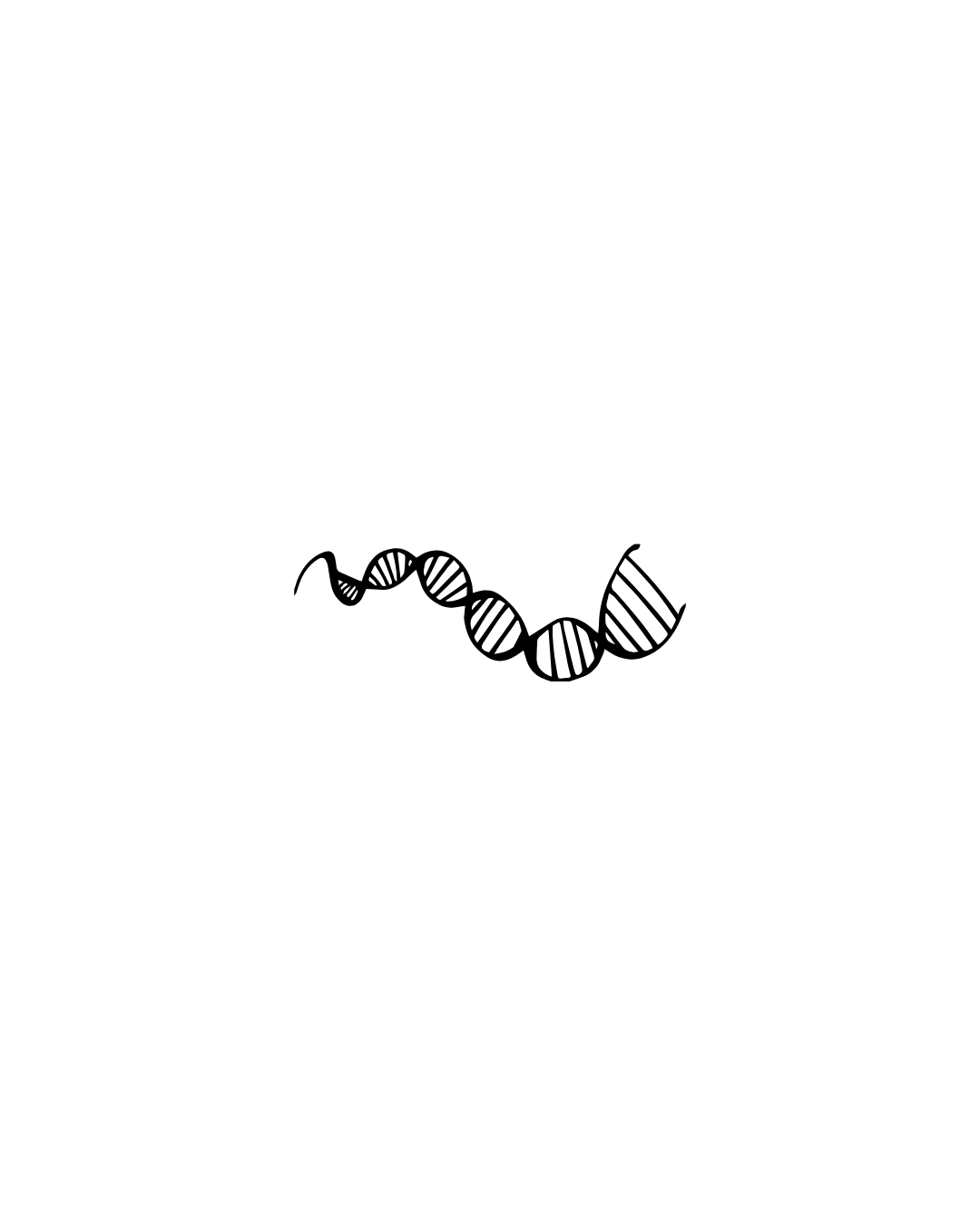Description
A Diploma Lateral Entry in Bioinformatics is designed for students who already have a relevant technical diploma (such as in life sciences, computer science, or biotechnology) and want to specialize in the interdisciplinary field of bioinformatics. This program allows students to enter directly into the second year of the diploma course, enabling them to build on their foundational knowledge while acquiring specific skills related to the analysis and interpretation of biological data using computational tools.
Curriculum Overview
The curriculum for a Diploma Lateral Entry in Bioinformatics typically combines theoretical knowledge with practical applications. Here are some common subjects and areas of study you might encounter:
Introduction to Bioinformatics:
Overview of bioinformatics, its importance, and applications in genomics, proteomics, and molecular biology.
Biological Databases:
Understanding various biological databases, including genomic, protein, and metabolomic databases, and how to access and use them.
Statistics and Probability for Bioinformatics:
Fundamental statistical methods and their applications in analyzing biological data.
Computational Biology:
Principles of computational methods applied to biological problems, including algorithms for sequence alignment and phylogenetics.
Molecular Biology and Genetics:
Basic concepts of molecular biology, including DNA/RNA structure and function, gene expression, and genetic variation.
Programming for Bioinformatics:
Introduction to programming languages commonly used in bioinformatics, such as Python, R, or Perl, for data analysis and algorithm implementation.
Data Mining and Machine Learning in Bioinformatics:
Techniques for extracting meaningful information from large biological datasets and applying machine learning methods to biological data.
Genome Annotation:
Study of techniques for annotating genomes, identifying genes, and understanding their functions.
Structural Bioinformatics:
Analysis and prediction of protein structure and function, including molecular modeling and visualization.
Genomics and Proteomics:
Techniques and applications associated with studying genomes and proteomes, including sequencing technologies and protein interactions.
Ethics and Regulations in Bioinformatics:
Understanding ethical considerations, data privacy issues, and regulations related to biological data and bioinformatics research.
Project Work:
Hands-on experience where students engage in a practical project related to bioinformatics, such as developing software tools or analyzing real biological datasets.
Career Opportunities
Graduates of a Diploma Lateral Entry in Bioinformatics can find diverse career opportunities across various sectors, including pharmaceuticals, healthcare, academia, and research. Some potential job roles include:
Bioinformatics Analyst: Analyzing biological data and helping researchers interpret results from experiments in genomics, proteomics, etc.
Computational Biologist: Using computational methods to understand biological systems, processes, and relationships.
Data Scientist in Life Sciences: Applying data science techniques to extract insights from large biological datasets.
Genomics Technician: Assisting in sequencing projects and analyzing genomic data.
Research Scientist: Conducting research in bioinformatics-focused labs or institutions, contributing to scientific discoveries.
Software Developer for Bioinformatics Tools: Developing software applications and tools used in biological data analysis.
Clinical Bioinformatician: Working in clinical settings to analyze patient data and support personalized medicine strategies.
Quality Control Analyst: Ensuring the accuracy and reliability of bioinformatics analyses.
Pharmaceutical Scientist: Working with drug development teams to analyze biological data related to drug discovery and development.
Regulatory Affairs Specialist: Ensuring that bioinformatics applications comply with governmental regulations and standards.
Further Education
After completing the Diploma Lateral Entry in Bioinformatics, graduates may choose to pursue a Bachelor?s degree in Bioinformatics, Biotechnology, or a related field. Additionally, obtaining certifications in specialized areas, such as statistical methods, programming, or specific bioinformatics tools, can enhance career prospects and professional development.
If you have any questions about the Diploma Lateral Entry in Bioinformatics program, potential career paths, or any related topics, feel free to ask!









